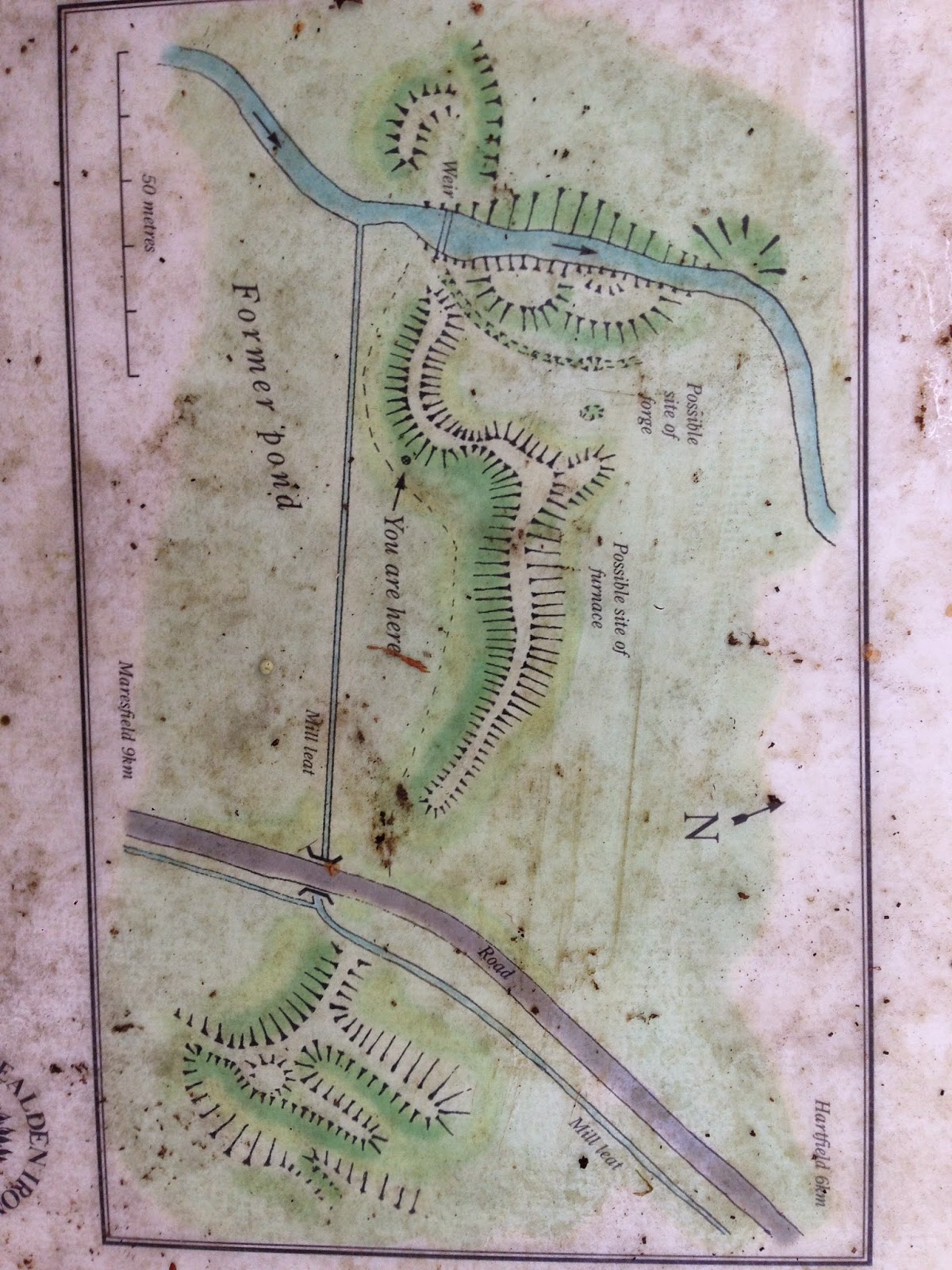We add mass to the spring.
Sunday, 26 October 2014
Year 5 investigate enzymes
As part of our topic on the human body Year 5 learnt about chemical digestion. We did an expirment to find out what happens to the rate of digestion if we add more enzyme. As well as answering our aim, we also worked on building on our practical skills and ensuring we are accurate in all our measurements
We measured out some starch solution.
Then we placed iodine in each well of a spotting tile.
We could then add the enzyme (amylase) to our starch and start the timer. We place some of this mixture in a well of the spotting tile every 20 seconds. If the iodine turned black the starch had not yet been digested.
7M vs 7G
Just before we broke up for half term, 7G took on 7M to see which form could identify the best indigestion medicine. We were looking at whether tablets or liquid medicines worked best. A captain was selected from each form and they each drew the type of medicine their form was to test. 7G selected liquids and 7M tablets.
Then we set to work. We measured one dose of the medicine and mixed it with some water.
Then we add Hydrocloric acid to the medicine, a little at a time, and test the pH.
We stopped when the mixture had become pH 1.
Then we made a note of how much acid we had to add. The medicine that requires the most acid is the most effective.
When we return from half term we will analyse the results and find out which type of medicine works the best (and which form has won!).
Year 7 make red cabbage indicator
Year 7 have been studying acids and alkalis and have used a number of different indicators to tell them about the pH of substances. Last week they had a go at making their own out of red cabbage.
Tuesday, 21 October 2014
Ashdown Iron Site
8S have been studying reactivity of mateals in their latest chemistry topic.
This includes some work on extracting metals from ores so we went to the Ashdown forest to see the Newbridge Iron Site.
The site map provided by the Wealden Iron Group who research Iron making on the forest
The water course that provides power for the bellows and foundary
This includes some work on extracting metals from ores so we went to the Ashdown forest to see the Newbridge Iron Site.
The site map provided by the Wealden Iron Group who research Iron making on the forest
Searching for evidence of the blast furnace
Distinctive rock is the waste from the process called slagThe water course that provides power for the bellows and foundary
More evidence of slag
8S archeologists search for more evidence
The power source
All searching hard
And found lots of slag
A close up
You can see the bubbles in this slag where the carbon dioxidde couldn't escape
Thursday, 9 October 2014
Subscribe to:
Comments (Atom)


































